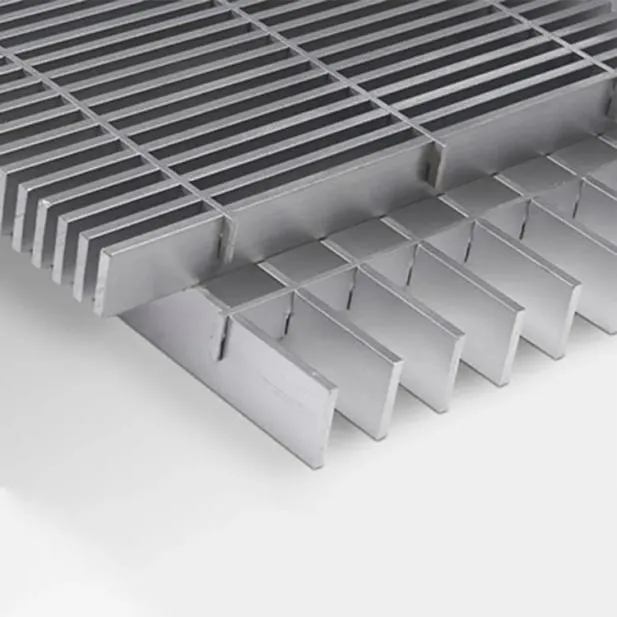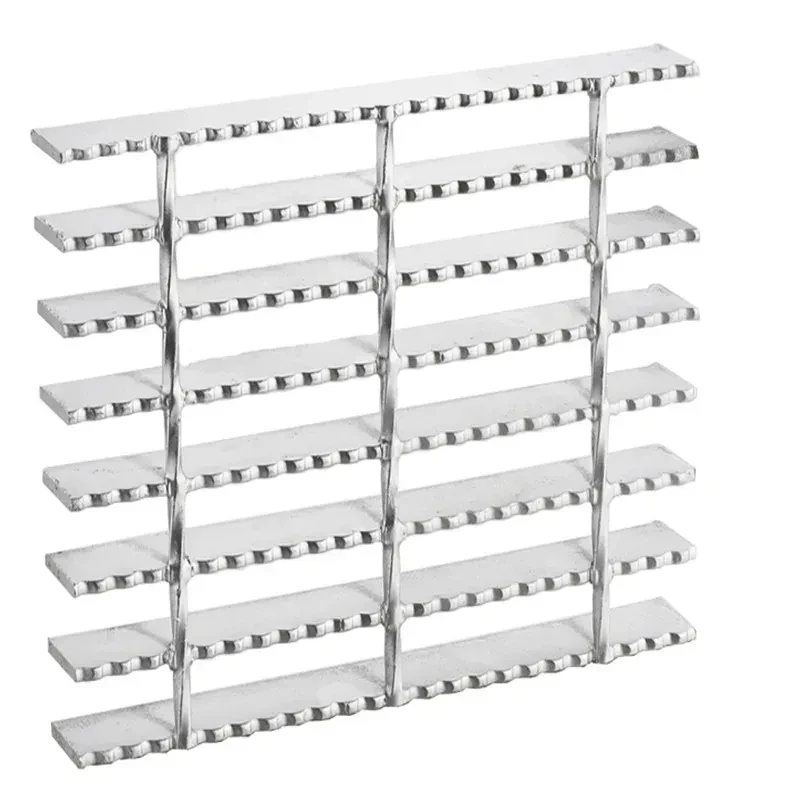- Industrial zone, South of Anping Town, Hengshui, Hebei, China.
- sales@hfpetromesh.com
- +86-18931809706
 Afrikaans
Afrikaans  Albanian
Albanian  Amharic
Amharic  Arabic
Arabic  Armenian
Armenian  Azerbaijani
Azerbaijani  Basque
Basque  Belarusian
Belarusian  Bengali
Bengali  Bosnian
Bosnian  Bulgarian
Bulgarian  Catalan
Catalan  Cebuano
Cebuano  Corsican
Corsican  Croatian
Croatian  Czech
Czech  Danish
Danish  Dutch
Dutch  English
English  Esperanto
Esperanto  Estonian
Estonian  Finnish
Finnish  French
French  Frisian
Frisian  Galician
Galician  Georgian
Georgian  German
German  Greek
Greek  Gujarati
Gujarati  Haitian Creole
Haitian Creole  hausa
hausa  hawaiian
hawaiian  Hebrew
Hebrew  Hindi
Hindi  Miao
Miao  Hungarian
Hungarian  Icelandic
Icelandic  igbo
igbo  Indonesian
Indonesian  irish
irish  Italian
Italian  Japanese
Japanese  Javanese
Javanese  Kannada
Kannada  kazakh
kazakh  Khmer
Khmer  Rwandese
Rwandese  Korean
Korean  Kurdish
Kurdish  Kyrgyz
Kyrgyz  Lao
Lao  Latin
Latin  Latvian
Latvian  Lithuanian
Lithuanian  Luxembourgish
Luxembourgish  Macedonian
Macedonian  Malgashi
Malgashi  Malay
Malay  Malayalam
Malayalam  Maltese
Maltese  Maori
Maori  Marathi
Marathi  Mongolian
Mongolian  Myanmar
Myanmar  Nepali
Nepali  Norwegian
Norwegian  Norwegian
Norwegian  Occitan
Occitan  Pashto
Pashto  Persian
Persian  Polish
Polish  Portuguese
Portuguese  Punjabi
Punjabi  Romanian
Romanian  Russian
Russian  Samoan
Samoan  Scottish Gaelic
Scottish Gaelic  Serbian
Serbian  Sesotho
Sesotho  Shona
Shona  Sindhi
Sindhi  Sinhala
Sinhala  Slovak
Slovak  Slovenian
Slovenian  Somali
Somali  Spanish
Spanish  Sundanese
Sundanese  Swahili
Swahili  Swedish
Swedish  Tagalog
Tagalog  Tajik
Tajik  Tamil
Tamil  Tatar
Tatar  Telugu
Telugu  Thai
Thai  Turkish
Turkish  Turkmen
Turkmen  Ukrainian
Ukrainian  Urdu
Urdu  Uighur
Uighur  Uzbek
Uzbek  Vietnamese
Vietnamese  Welsh
Welsh  Bantu
Bantu  Yiddish
Yiddish  Yoruba
Yoruba  Zulu
Zulu
- Afrikaans
- Albanian
- Amharic
- Arabic
- Armenian
- Azerbaijani
- Basque
- Belarusian
- Bengali
- Bosnian
- Bulgarian
- Catalan
- Cebuano
- Corsican
- Croatian
- Czech
- Danish
- Dutch
- English
- Esperanto
- Estonian
- Finnish
- French
- Frisian
- Galician
- Georgian
- German
- Greek
- Gujarati
- Haitian Creole
- hausa
- hawaiian
- Hebrew
- Hindi
- Miao
- Hungarian
- Icelandic
- igbo
- Indonesian
- irish
- Italian
- Japanese
- Javanese
- Kannada
- kazakh
- Khmer
- Rwandese
- Korean
- Kurdish
- Kyrgyz
- Lao
- Latin
- Latvian
- Lithuanian
- Luxembourgish
- Macedonian
- Malgashi
- Malay
- Malayalam
- Maltese
- Maori
- Marathi
- Mongolian
- Myanmar
- Nepali
- Norwegian
- Norwegian
- Occitan
- Pashto
- Persian
- Polish
- Portuguese
- Punjabi
- Romanian
- Russian
- Samoan
- Scottish Gaelic
- Serbian
- Sesotho
- Shona
- Sindhi
- Sinhala
- Slovak
- Slovenian
- Somali
- Spanish
- Sundanese
- Swahili
- Swedish
- Tagalog
- Tajik
- Tamil
- Tatar
- Telugu
- Thai
- Turkish
- Turkmen
- Ukrainian
- Urdu
- Uighur
- Uzbek
- Vietnamese
- Welsh
- Bantu
- Yiddish
- Yoruba
- Zulu
Feb . 11, 2025 08:49
Back to list
light duty grating
Understanding Light Duty Grating A Comprehensive Guide for Industry Professionals
Selecting the right type of light duty grating involves considering several aspects to ensure optimal performance and safety. Load-bearing capacity is a crucial factor, determining the grating's ability to support the weight of pedestrian or vehicular traffic. The span between supports must be appropriate to prevent deflection and maintain structural integrity. Surface conditions, such as slip resistance, are imperative in applications where safety is a priority, especially in wet or oily environments. Open area percentage is another consideration, affecting factors like ventilation, drainage, and light passage. Over the years, industry standards, such as those established by the National Association of Architectural Metal Manufacturers (NAAMM), have played a pivotal role in guiding the manufacturing and selection of grating. These standards ensure that products meet specific safety, quality, and performance benchmarks, establishing credibility and trust in light duty grating solutions. However, it’s equally essential for professionals to evaluate suppliers’ adherence to these standards, preferring those with a track record of compliance and excellence. Real-world experience with light duty grating underscores its value in enhancing workplace safety and functionality. Feedback from industry professionals highlights specific scenarios where light duty grating significantly contributed to project success. For instance, a manufacturing plant benefitted from the lightweight and durable nature of aluminum grating, facilitating quick installation and providing long-term reliability without compromising safety. Similarly, urban infrastructure projects reported reduced maintenance costs and increased longevity by utilizing stainless steel grating in drainage systems exposed to corrosive elements. In conclusion, light duty grating emerges as a sophisticated solution for myriad industrial applications, offering a balance between functionality, cost-efficiency, and safety. Its selection process demands careful consideration of material properties, application requirements, and compliance with industry standards. As industries advance towards more sustainable and efficient practices, light duty grating remains a fundamental element ensuring infrastructure safety and performance. Industry experts continue to advocate for informed decision-making and adherence to best practices in grating selection, reinforcing the standing of light duty grating as an indispensable asset in modern industrial design.


Selecting the right type of light duty grating involves considering several aspects to ensure optimal performance and safety. Load-bearing capacity is a crucial factor, determining the grating's ability to support the weight of pedestrian or vehicular traffic. The span between supports must be appropriate to prevent deflection and maintain structural integrity. Surface conditions, such as slip resistance, are imperative in applications where safety is a priority, especially in wet or oily environments. Open area percentage is another consideration, affecting factors like ventilation, drainage, and light passage. Over the years, industry standards, such as those established by the National Association of Architectural Metal Manufacturers (NAAMM), have played a pivotal role in guiding the manufacturing and selection of grating. These standards ensure that products meet specific safety, quality, and performance benchmarks, establishing credibility and trust in light duty grating solutions. However, it’s equally essential for professionals to evaluate suppliers’ adherence to these standards, preferring those with a track record of compliance and excellence. Real-world experience with light duty grating underscores its value in enhancing workplace safety and functionality. Feedback from industry professionals highlights specific scenarios where light duty grating significantly contributed to project success. For instance, a manufacturing plant benefitted from the lightweight and durable nature of aluminum grating, facilitating quick installation and providing long-term reliability without compromising safety. Similarly, urban infrastructure projects reported reduced maintenance costs and increased longevity by utilizing stainless steel grating in drainage systems exposed to corrosive elements. In conclusion, light duty grating emerges as a sophisticated solution for myriad industrial applications, offering a balance between functionality, cost-efficiency, and safety. Its selection process demands careful consideration of material properties, application requirements, and compliance with industry standards. As industries advance towards more sustainable and efficient practices, light duty grating remains a fundamental element ensuring infrastructure safety and performance. Industry experts continue to advocate for informed decision-making and adherence to best practices in grating selection, reinforcing the standing of light duty grating as an indispensable asset in modern industrial design.
Share
Prev:
Next:
Latest news
-
Welded Steel Bar Grating: The Rugged Industrial Flooring Solution Built for Load and LongevityNewsJun.24,2025
-
Steel Walkway Grating: Reliable, Resilient, and Built for Every StepNewsJun.24,2025
-
Shale Shaker Screen for Sale: Optimize Drilling Efficiency with Precision Screening PowerNewsJun.24,2025
-
Shaker Screen for Sale: Elevate Your Drilling Efficiency with Durable Separation SolutionsNewsJun.24,2025
-
Press Locked Steel Grating: Industrial Strength with Precision Fit for Heavy-Duty ApplicationsNewsJun.24,2025
-
Perimeter Safety Netting: The Critical Safety Upgrade for Every HelipadNewsJun.24,2025